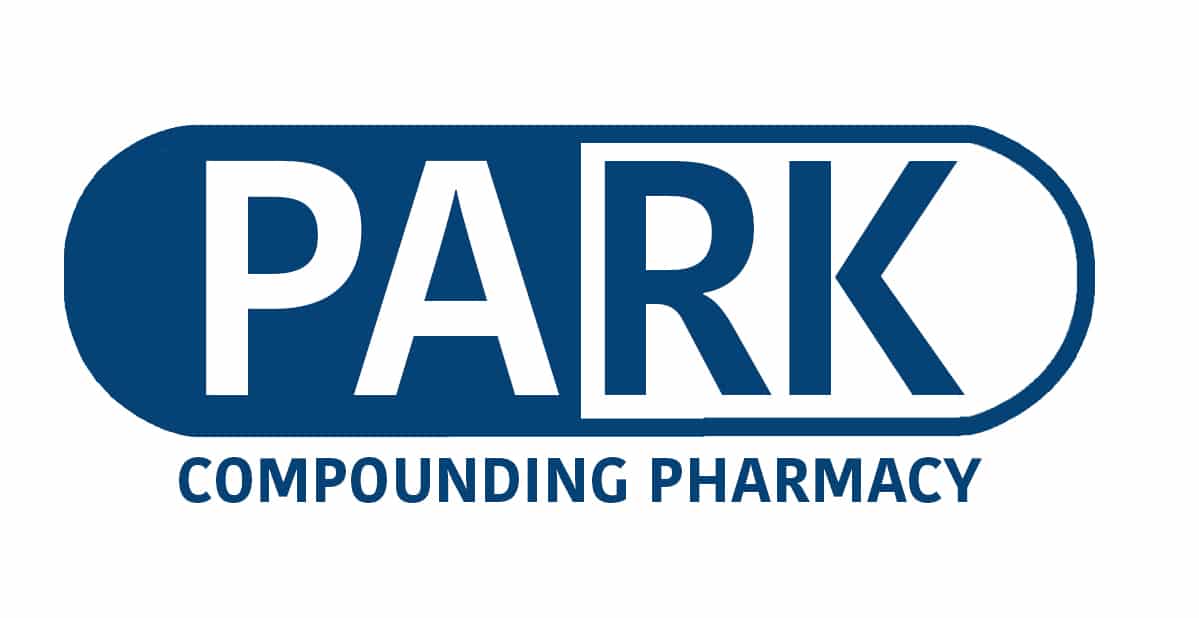A recent review of all available treatments for melasma concluded that topical hydroquinone alone or combined with a retinoid and a corticosteroid has the greatest evidence of efficacy in the treatment of melasma. It also concluded that oral tranexamic acid offers a promising systemic option for recalcitrant melasma. The chemical peels and laser/light devices that were reviewed did not show consistent results, with the exception of PDL (Pulsed-Dye Laser). This information can be useful for healthcare providers and patients in deciding the best course of treatment for melasma.
Melasma
How melasma occurs is still being studied but it is known that it is associated with a few different contributing factors. These include exposure to ultraviolet radiation, genetic predisposition, pregnancy, and the use of hormone replacement therapy. It presents as brown patches on each side of the face on the cheeks, on the forehead, and other areas of the face often symmetrically. These patches are the result of an increased presence of melanin in the affected skin. The condition can come and go and often will return even after treatment. Frequently it will flare up again after unprotected sun exposure. Because it is difficult to treat and somewhat prevalent, there continues to be significant research into treatment solutions.
Melasma Treatments
The recent review conducted by researchers at the University of Texas examined all of the treatments currently used for melasma.
Depigmenting agents: The most commonly prescribed depigmenting agent that is prescribed for melasma is hydroquinone. Other depigmenting agents include azelaic acid, kojic acid, and vitamin C. Hydroquinone has been shown to be significantly more effective than placebo in numerous studies. In a study of hydroquinone 4% cream, 38% of subjects treated with hydroquinone showed complete resolution of their melasma compared to only 8% in the placebo group (which used sunscreen alone as a treatment). Other studies have shown even higher rates of effectiveness, especially when hydroquinone is combined with sunscreen use.
Retinoids: Retinoids help target multiple pathways of melanin synthesis and also help increase skin cell turnover. In a study of 0.1% tretinoin used over a 40 week period it was found that 68% of patients experienced improvement. It took 24 weeks of use to notice these results however. In addition, 88% of patient experience some adverse effects, which may be attributable to the relatively high dose of tretinoin used.
Visible light protection: Visible light can affect the skin similarly to UV radiation. Adding a physical blocker to UV sunscreens has been studied as one way to reduce incidence of melasma flare ups. Zinc sulfate is one substance that has been used as a physical blocker of visible light.
Topical and oral tranexamic acid: Tranexamic acid is an antifibrinolytic agent that is being studied to treat melasma topically, orally, and intradermally through injection. The topical may also be combined with microneedling to enhance penetration.
Combined topical agents: One of the most effective treatments for melasma is a triple ingredient cream that contains hydroquinone, a retinoid, and a fluorinated corticosteroid. Other ingredients that may be included in combination creams are kojic acid and glycolic acid.
Chemical peels: Chemical peels are use commonly to treat a variety of skin conditions. Chemical peels can include glycolic acid, salicylic acid, and trichloroacetic acid. On their own, chemical peels have not been shown to be more effective than topical medications. When combined with a topical however they may enhance the results. Chemical peels do have a higher risk of creating hyperpigmentation than other treatments.
Pulsed-Dye Laser: A dye laser uses a dye mixed in a solvent as a lasing medium. In particular this laser targets the vascular component of melasma. Excellent results have been shown with PDL combined with a hydroquinone/retinoid/corticosteroid formulation.
What is the Best Treatment for Melasma in 2021?
In this recent review, 113 studies were chosen for inclusion that met the criteria. The researchers concluded that two treatments are the best for treating melasma based on the available studies. The first is a triple ingredient topical formulation that includes hydroquinone, a retinoid, and a fluorinated corticosteroid. The safety of this combination has been well established with daily use up to 12 months. Using hydroquinone was also shown to be effective and is the most researched treatment for melasma.
Topical tranexamic acid, often combined with microneedling, was also shown to be a promising treatment for melasma with comparative effectiveness to hydroquinone combination creams. Tranexamic acid is available in oral tablets but is not manufactured in topical form. A compounding pharmacy can make tranexamic acid cream for treating melasma.
Azelaic acid has been shown to be as effective as hydroquinone at certain strengths but more adverse effects are reported when used for this indication. Chemical peels have shown mixed results for treating melasma, although they are effective for many other skin conditions.
Articles
Melasma Treatment: An Evidence-Based Review – American Journal of Clinical Dermatology
